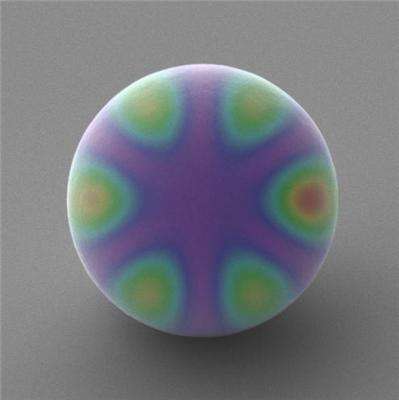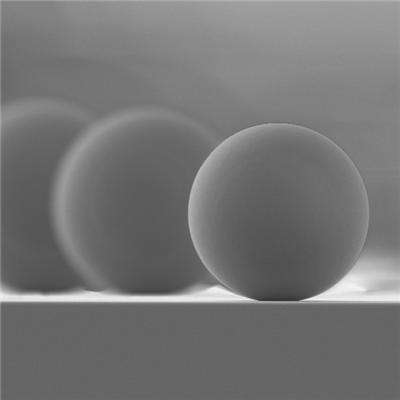Scientists develop silicon cells capable of absorbing infrared radiation from the sun

Researchers of the Universitat Politècnica de València, the Spanish National Research Council (CSIC, in Spanish), the Universitat Politècnica de Catalunya-BarcelonaTech (UPC) and the Universidad Rovira i Virgili de Tarragona have developed a silicon photovoltaic cell capable of turning infrared radiation into electricity.
Nature Communications magazine has published this new development led by Francisco Meseguer professor from the CSIC, at the joint lab UPV/CSIC.
The sun is an inexhaustible source of energy which well-exploited, could solve many of the energy supply problems we have today. The photovoltaic cell is a device capable of turning solar light into electricity. However, there are many obstacles that prevent widespread use, such as a relatively high cost (0.02 euros per watt generated) and the low efficiency of silicon-based solar cells, around 17 per cent.
The low efficiency is related to the material the solar cell is made of. Most solar cells are made of silicon which is relatively cheap to produce. However these solar cells can generate electricity only from the visible part of the sun spectrum, not the infrared region.
Professor Francisco Meseguer says, "After three years of work, our research team has developed a new concept of silicon solar cells able to absorb infrared radiation from the sun and convert it into electricity." Moisés GarÃn, a researcher from the CSIC and the Universitat Politècnica de Catalunya, says, "What we have done is create photovoltaic cells on a micrometre-scale silicon sphere, where infrared light is trapped until it is absorbed, turning it into electricity".

This work is a new scientific achievement for the development of high-performance photovoltaic cells in the future.
More information: M. GarÃn, R. Fenollosa, R. Alcubilla, L. Shi, L.F. Marsal y F. Meseguer. "All-silicon spherical-Mie-resonator photodiode with spectral response in the infrared region." Nature Communications 5, Article number: 3440 . Received 10 July 2013 Accepted 12 February 2014 Published 10 March 2014
Journal information: Nature Communications
Provided by Asociacion RUVID



















